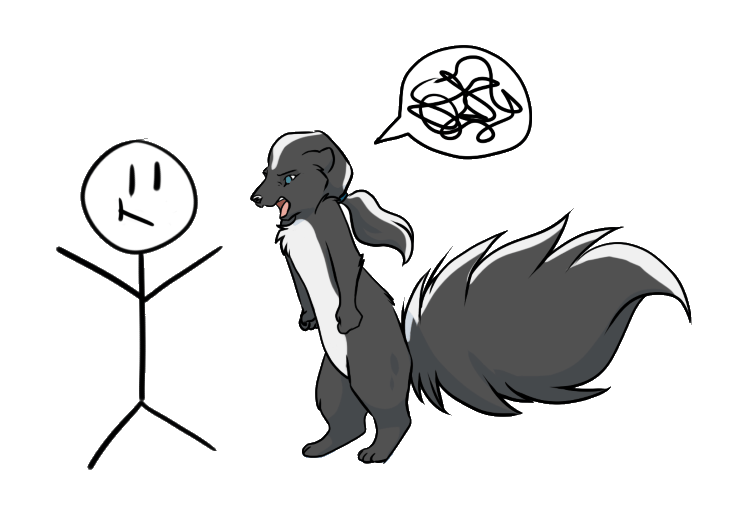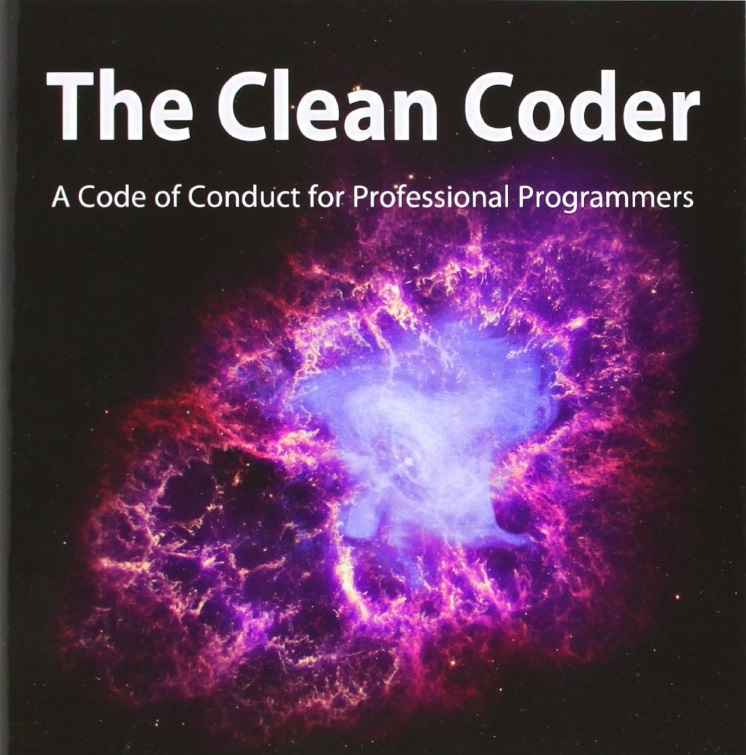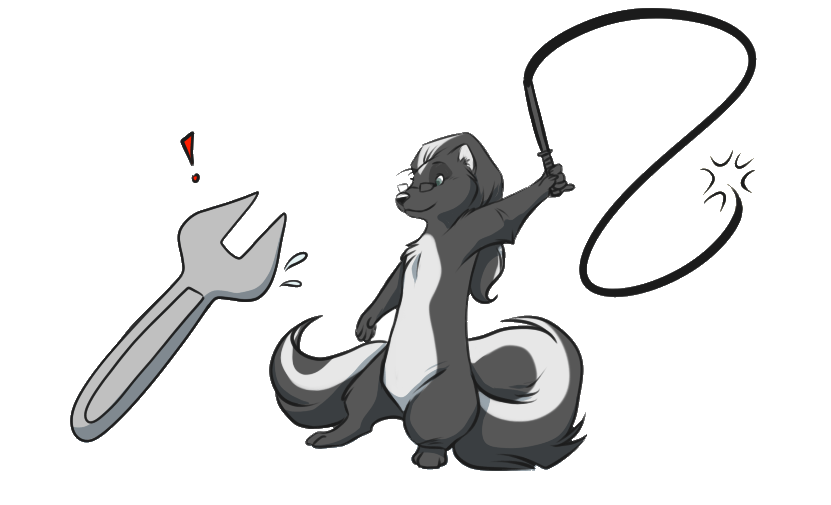Some best practices for HTML Canvas
by Colin Cieloha from Skilled.co
This is a guest post submitted by Colin Cieloha, who is an American author and content marketer at Skilled.co. He writes about everything that will draw his attention with a focus on the mobile and e-commerce space. When he is not writing he is spending his time traveling the globe and snowboarding. You can follow him on his Twitter at @ColinCieloha or on Linkedin.
His post focuses on performance tips regarding the use of HTML Canvas, and general best practices. Thanks Colin for this content!
So you’ve started using your canvas cheat sheet to acclimatize yourself to all the various uses of the canvas element. In the beginning you were working on some simple 2D drawings and objects, but now you’re looking to become proficient with the canvas element and see what it is capable of.
Finding a set of best practices for the canvas element isn’t always easy, since the element has been evolving for some time, and will continue to evolve. But there are a few great habits that have emerged which will help you achieve a higher level of efficiency with the element than you already have.
Failed experiments and what I've learned from them
Hey, I messed up but at least I learnt from it!

In a preparation for a post that I’m going to write, I’ve prepared some code examples, and of course, making sure they work correctly. I spent nearly all of last week trying to find out what was wrong with my code, and when I did it, it was something really stupid. I don’t consider myself very stupid, so why did this happen? Let’s reflect a bit.
Dealing with "unreasonable" clients
Customer management

One of the forums from the StackExchange family which I usually visit is the Workplace one. It deals with office / team behavior, ethics and professionalism. The questions are incredibly interesting – most of the time, I’m not entirely sure what I should do in situations like that – and the answers are amazingly well crafted and thought.
And there is a particular one which caught my attention lately: Manager requesting task which I believe is unnecessary. And I found it interesting because we hear that a lot in the software world: “why is my customer / manager / leader asking for that if it’s not really necessary / a priority / important?”
Well, there are several aspects to consider. Let’s go in this world of absurd requirements together.
The Clean Coder
a.k.a. "Software Professionalism"

I recently read Uncle Bob’s “The Clean Coder”. I have to say, this book slapped me in the face. There’s so much to discuss.
How to perform a good code review
Reaching agreement from a bunch of code

I recently wrote about how to create a good pull request, this is, how to make your code changes easy to review and discuss. Now we’re going to talk about the second part: reviewing someone else’s code. This puts you on the reviewers side, and hopefully the person submitting code did follow our guidelines to make your life easier.
There are several approaches you can take to review the code, but we’re going to enumerate a checklist that you could use to minimize the usage of your time and the efficiency of the code review.
How to create a good pull request
A meta-guide for creating easy to review requests

This has been a common question and a subject of debate since everyone has their opinions on what good code is and what bad code is. Regardless, the pull request is not about the code itself but about the actions of reviewing, adjusting, discussing and assimilating (merging) code, which may be good or bad in itself.
This will be later followed by a set of notes on how to perform a good code review.
Without further ado, let’s start with what is going to be a long article about sending a good pull request.
Death to Singletons!
Singleton.Instance.SelfDestruct();

No, I’m not talking about those that can’t find someone to be with. You’re ok in my book.
One of my favorite question to ask at technical interviews is “Can you tell me advantages and disadvantages of the singleton pattern?” I get varied responses, but while almost everybody can think of the advantages, nobody mentions the problems that come along with it. I’m going to quickly explain what singletons are and then roast them good.
Testability vs. simple design
Testing requires decoupling

You may know I’m a proponent for simplicity. I believe that if a particular feature can be achieved with a single if statement, then that’s all that needs to be done. I’m also a proponent of testability, that all code should be easily testable so that we can make sure that it works. As it turns out, these two don’t usually go hand in hand. (Spoiler alert: that’s not true.)
Taming your tools

Have you ever met a carpenter that would pick up a wrench and hit a nail with it? Probably not, and if you saw that, you would probably be thinking in taking your business elsewhere. And if you wouldn’t, then you should. Here’s why.
How to find the problem
Applied skepticism

User minusSeven from the StackExchange community asked a seemingly uninteresting question that happens to be really deep and meaningful: How do you learn programming when you’re stuck and without access to the internet? All the answers there are really good and useful, but I think there’s an underlying theme worth discussing: how a methodical approach should be.
